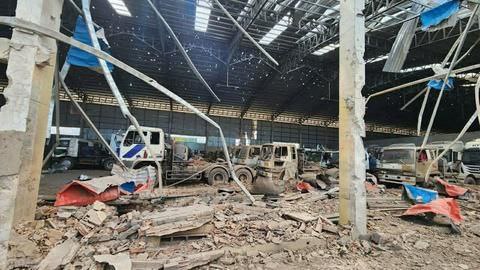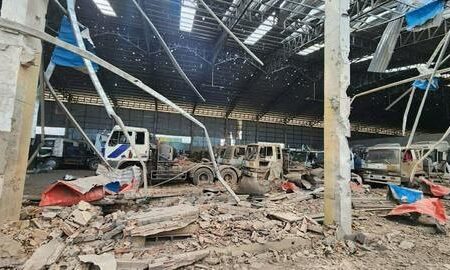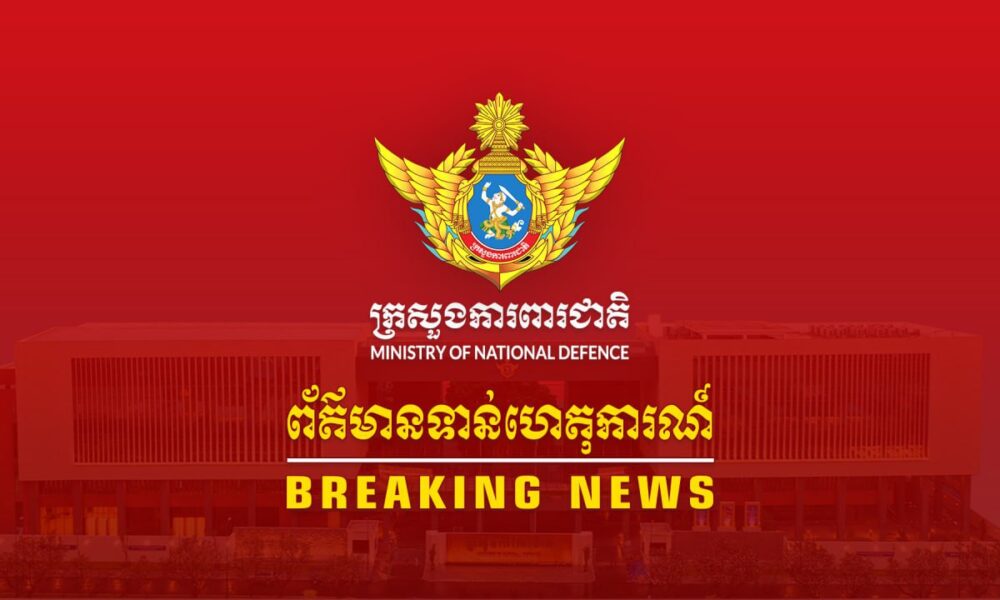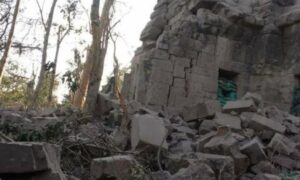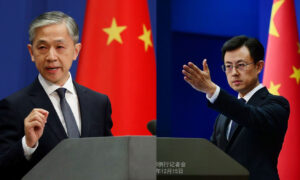One is the image familiar to millions the world over: the worker at the end of his shift and stepping blinking into the light, black coal-dust etched into every line of his exhausted face.
The second is a mine worker in name only: settled into a video game-style driving seat within a comfortable modern office and deftly maneuvering trucks remotely via console gear sticks as he gazes at the computer monitors in front of him.

Mine workers past and present? Not yet, not quite – in either case. But technological transformation – the power of AI, 5G connectivity, cloud computing and big data analysis – is relentlessly propelling those console gear sticks firmly in the direction of the office miner.
As a tiny snapshot of the scale of change, in China’s mines alone Huawei has helped deploy more than 3,000 5G base stations. That’s more than currently serve the whole of London.
Fly me to the moon
Intelligent mining – the subject of this edition of Transform – is still a long way off being universal across the industry. The technical complexity required to achieve unmanned mining is “comparable to that required for a moon landing project,” according to Prof Mao Shanjun from Peking University. But we did of course eventually make that landing. As one mining innovator puts it: “In the future, miners will no longer work underground, they’ll be in suits and ties operating mining equipment whilst sipping on a coffee.”
On the safety front alone, that would mark a transformation in an industry long plagued by fatal accidents and seemingly ever-present danger. But for mining advocates the tech changes go potentially far wider: protecting communities, healing landscapes, tackling excessive and unequal consumption and ultimately preserving planetary health.
“Sustainable mining” need not be a contradiction in terms.
“Mining must grow for the foreseeable future,” the Nobel Peace Prize winner and former co-chair of the Intergovernmental Panel on Climate Change Professor Mohan Munasinghe tells us. “The purpose is not to kill industries that provide jobs for millions of workers – it’s about putting them on a sustainable and green path.”
Easy does it
He says eliminating coal too quickly simply causes energy shortages for the poorest people. Instead, what is required is both an analysis of the entire life cycle of the mining process – assessing its sustainability from initial exploration through to mine closure – and a radical re-balancing as to who benefits from the industry. “Innovative technology must pay equal attention to social and environmental concerns because every life matters,” says Prof Munasinghe.
And it’s social concerns – and more specifically gender equality concerns – that most occupy the thoughts of Ege Tekinbas, from the Intergovernmental Forum on Mining. She says modern mining offers relatively high wages to workers but represents one of the most male-dominated industries, with women making up only 5% to 15% of workers. She’s optimistic that technological modernization could help start to redress that imbalance but points to new global data analysis on relative roles, education levels and access to skills training as reason to tread very carefully.
“Examples from the past indicate that while such advances may gradually upskill the mining workforce, our research suggests they may also increase its masculinity if new developments are tailored to suit male workers,” she warns.
“It’s safe to assume we can’t expect the technology alone to bring equity to the mining sector. It will take good policy based on sound evidence.”
Also in this edition:
- Bestselling author of “Industry 4.0” Ulrich Sendler warns against overestimating the power of AI: “There is no way to take the responsibility for critical decisions in production away from human beings”
- The vice-president of Huawei’s Coal Mine Team explains why the road to fully intelligent mining will be “long and tough” and require collaboration to unify global standards and ecosystems.
- Our featured videos will explain how coal is shifting from black to green as dirty traditions get a technology makeover.
Time to head to the coalface…



